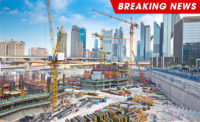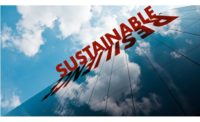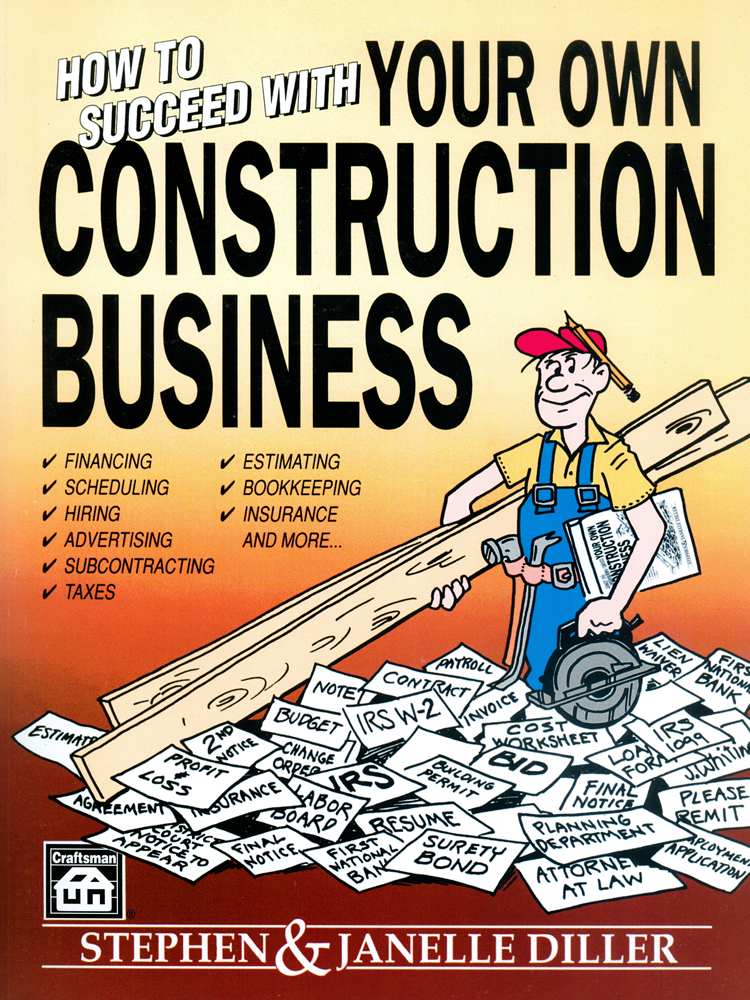This past February, Tom Brady gave the millions who watched the Super Bowl a compelling lesson in resilience.
Faced with the devastating speed of the Atlanta Falcons defense and outplayed by the Birds’ nimble offense, Brady and his Patriots teammates limped to the locker room at halftime facing a 21-3 deficit. After falling behind even further in the third quarter with the score at 28-3, the Patriots roared back with 31 unanswered points to win the first overtime Super Bowl ever played.
Resilient? You bet. Most teams faced with a 25-point deficit late in the game, even in the Super Bowl, might already be thinking about the off-season. Brady was clearly focusing on recovering from the pounding that the Patriots were taking, and rebounded with the dazzling performance that lead him and his team to a fifth Super Bowl victory.
So what does Tom Brady have to do with the built environment? His Super Bowl comeback provides a pretty good reminder that with the right preparation and a solid game plan, you can wind up with a winning performance in the face of a strong odds.
Preparing for Natural Disasters
There’s been intensifying discussion recently about the resiliency of the buildings where we work and live, how we can improve their odds at surviving natural disasters and ensure that they can rebound quickly to be fully functioning. André Desjarlais leads the Building Envelope Group at the Oak Ridge National Laboratory in Oak Ridge, Tenn. He says there were two pivotal events that “really changed the roofing industry’s attitude,” towards withstanding the forces of nature, first Hurricane Hugo that devastated Charleston, S.C. in 1989 and then Hurricane Andrew that ripped through Florida in 1992. “These two storms really caused a lot of roofing-related damage and the studies that were done after those two storms showed that the building codes were insufficient to withstand those sorts of levels of wind.”
During the decades since Hurricanes Hugo and Andrew struck the American south, weather-related natural disasters have become more common and once-in-a-lifetime events—tsunamis, hurricanes, extreme heat and cold, windstorms and floods—are now becoming almost commonplace. One measure underscores this trend: between 1950 and 2010, Federal disaster declarations averaged 34 a year. Between 1995 and 2011, that average had almost double to 61 disaster declarations-per-year. There may be debate over the cause of this increase, but serious observers agree that the increasing incidence of devastating weather events (and even potential terrorist attacks) demands a new, resilient approach to the way we design and construct our built environment—an approach that ensures that our built environment can not only withstand unprecedented attacks, but also quickly return to its former performance.
So what are we talking about when we refer to resilience? And how do we know that it is not just the “fad of the moment” but a new way of thinking about our approach to building design that will impact the construction industry for decades?
A Look at What This Means
A variety of organizations have offered definitions for resilience, but one of the most comprehensive comes from the Department of Homeland Security, which incorporates FEMA (Federal Emergency Management Agency), the federal agency that is responsible for coordinating disaster relief. Their very comprehensive definition of resilience is, “the ability to adapt to changing conditions and withstand and rapidly recover from disruption due to emergencies. Whether it is resilience towards acts of terrorism, cyber attacks, pandemics, and catastrophic natural disasters, our national preparedness is the shared responsibility of all levels of government, the private and nonprofit sectors, and individual citizens.’ The key phrase here? “Withstand and rapidly recover” and that phrase is now shaping the resilience discussion.
In May 2016, the White House convened a Conference on Resilient Building Codes, committed to the idea that codes should turn their attention to potential future disasters, rather than focus on past events. The conference brought together thought leaders from the building industry, and many of them stepped up to detail their plans to incorporate resilience into their agendas. BOMA, for instance, committed to “creating webinars focused on existing buildings and code adoption to provide guidance and best practices on how to increase resiliency of buildings” while the International Code Council (ICC) announced that it would “co-lead an effort to organize an inclusive, nationwide coalition to create and develop the country’s first Whole-Community metric for resilience.”
Also last year, the Resilience Building Coalition—a Coalition of the AIA and NIBS plus 19 other members, including ASHRAE, BOMA and the ICC—released a report called “Preparing to Thrive: The Building Industry Statement on Resilience,” a set of guiding principles to be used in incorporating resilience into the built environment. Specifically, the report called for developing and advocating for codes and policies that advance resilience; developing “whole-systems resilient design” approaches for the built environment; and providing guidance, beyond the baseline life-safety codes, that recognizes the importance of fortifying property for individual and community resilience.
While these organizations, and others that have joined the debate, have slightly variable approaches and priorities, there is general agreement on three issues surrounding resiliency:
- First, there is a compelling need to strengthen building standards. Since past weather patterns are no longer accurate predictors of future weather events, these standards should be forward-looking, rather than relying on past data.
- Second, mitigation is cost-effective. A 2005 study funded by FEMA and conducted by the Washington-based National Institute of Building Sciences found that every dollar spent on mitigation would save $4 in losses. Case in point: Insured losses in the wake of Hurricane Katrina topped $41 billion. Researchers at Louisiana State University in Baton Rouge estimated that if stronger building codes had been in place and adhered to, wind damage from Katrina would have been reduced by 80 percent.
California has taken the mitigation message to heart and made seismic-code upgrades a priority, even in the face of financial constraints. Last year, Los Angeles passed an ambitious bill requiring 15,000 buildings and homes to be retrofitted to meet modern codes that would help them withstand earthquake damage. As L.A. City Councilman Gil Cedillo said, “Why are we waiting for an earthquake and then committed to spending billions of dollars, when we can spend millions of dollars before the earthquake, avoid the trauma, avoid the loss of affordable housing and do so in a preemptive manner that costs us less?”
- Third, creating truly resilient buildings will require collaborative efforts among all team members to improve the design process resulting in high-performing structures that are durable, and cost- and resource-efficient.
At Oak Ridge, Desjarlais points out that the roofing industry has already developed many of the materials needed to protect existing and new buildings from natural disasters. “We can clearly go beyond today with the existing technology we have if we deploy and maintain it properly,” he says. What’s needed is a new approach.
Conclusion
Based on this growing awareness that resilient design will require a systems approach, rather than a component-by-component focus, the EPDM Roofing Association (ERA) has established a Resiliency Task Force, committed to ensuring that the construction industry has comprehensive, science-based information about its products and how they can be incorporated into resilient building roof systems. Spearheaded by its core members, Carlisle SynTec Incorporated, Firestone Building Products, and Johns Manville, ERA has established a website (epdmtheresilientroof.com) offering a “go to” source on roof system resilience, as well as resilience-related issues overall.
The website addresses the strengths of EPDM resilient roof systems, offering data on its well-documented decades long system performance and durability, but also specifics on its superior performance in the face of extreme weather events or other stresses, such as extreme heat and ultraviolet exposure. The website documents how EPDM membrane systems perform during extreme swings in temperature, its tensile strength which allows it to absorb movement cycles without fatigue, and its ability to withstand impact, abrasion and puncture.
Likewise, there is extensive data on EPDM roof system’s excellent wind-uplift resistance as well as detailed information on how incorporating EPDM as a vapor retarder creates a superior secondary back-up system should wind events effect the system above. The impact-resistance of this system provides protection against hail damage, the wind-uplift-resistance provides protection during hurricane force winds, and its ability to recover its original shape after significant expansion or contraction protects from earthquake damage.
Ellen Thorp, Assistant Executive Director of ERA, says that the new website is designed to help the construction industry create resilient buildings that will protect the people who live and work in them. “We know that EPDM is durable and long-lasting. We want builders to know that this tried-and-true product can be a powerful partner in meeting 21st Century challenges.”
For more information about the use of EPDM in resilient systems, go to epdmtheresilientroof.com.







